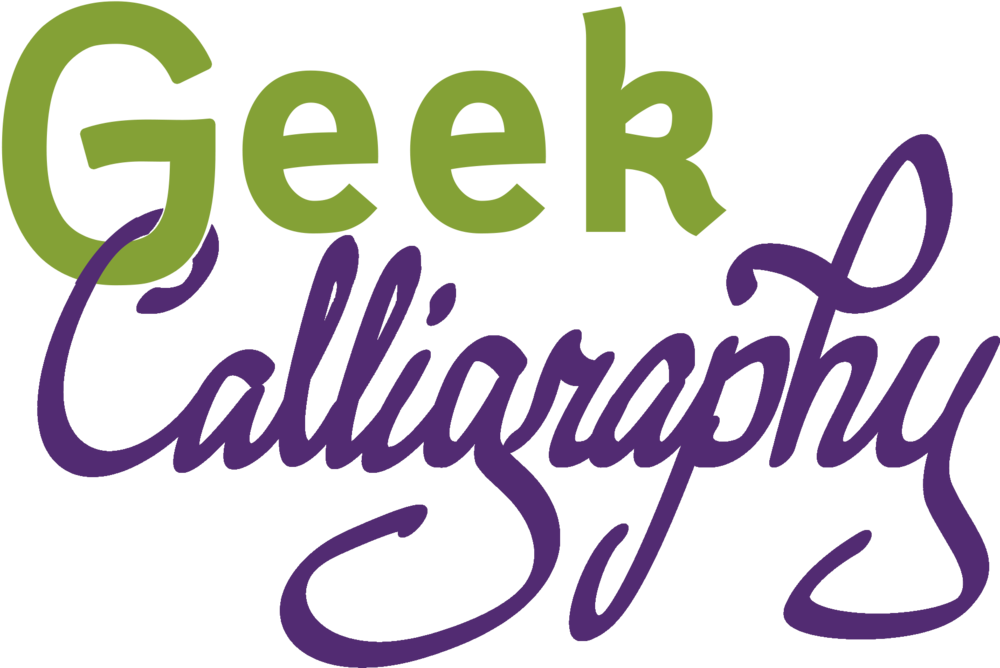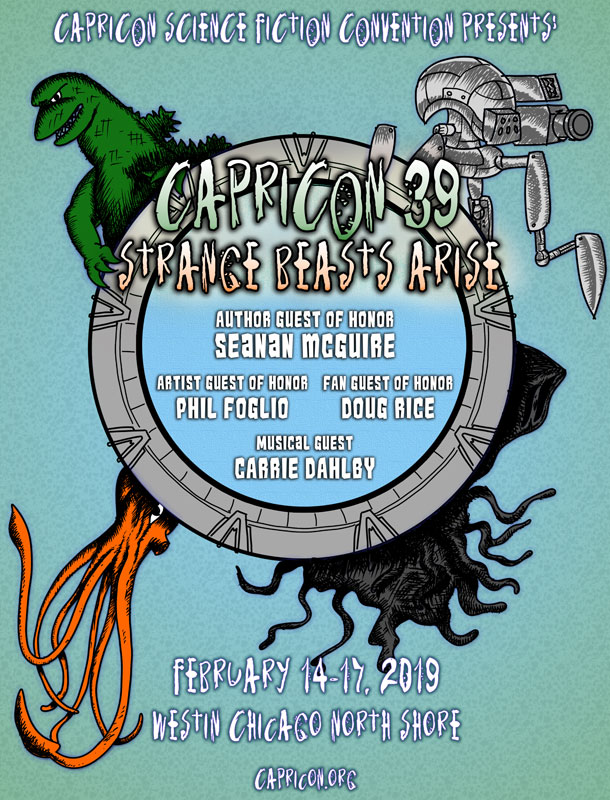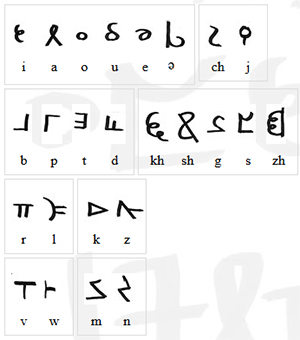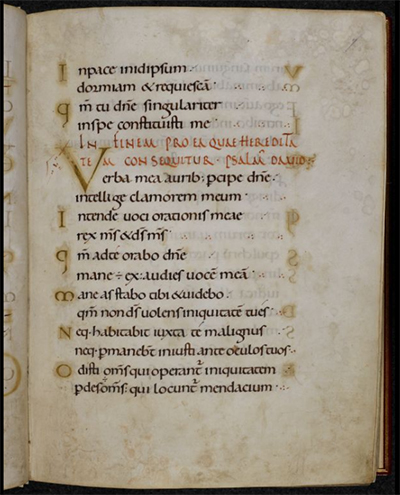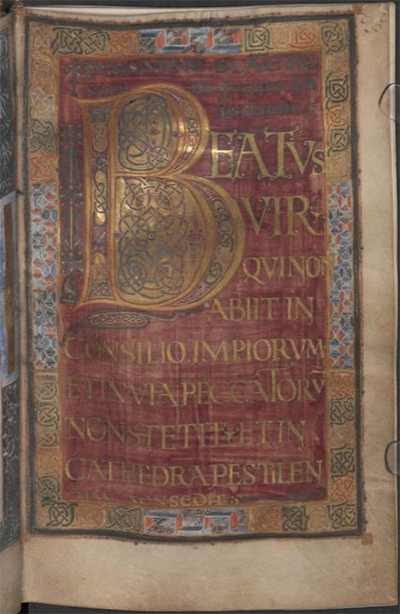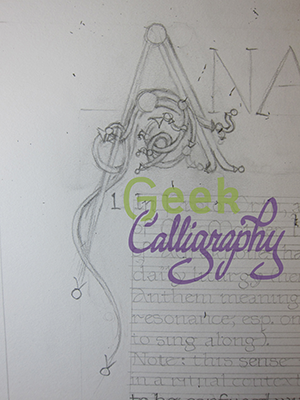Rocket ship logo of the Hugo Awards
by Ariela and Terri
Wow. A Hugo nomination.
Thank you so much to all of you. You are the ones who chose us for this honor and we deeply, deeply appreciate it. We love making art, but it’s especially gratifying to know that the art we have made has touched other people.
Also an enormous thank you Lois McMaster Bujold, Neal Stephenson, and Mary Robinette Kowal, for writing words that inspired us so deeply and were kind enough to open the door to us when we came knocking, asking for permission to play in their universes. It’s rather fitting for us to be nominated this year, when all of our public work was literally fanart of others’ writing.
And just look at this slate of nominees! We can’t believe we get to call these people our colleagues!
Likhain’s colorwork is so unbelievably phenomenal and Grace Fong’s use of space is extraordinary. Ariela has been a fan of both of them for years. Terri has been both a fan and a friend of Meg Frank for a while. This is Spring Schoenhuth’s umpteenth nomination, and frankly it is a crime that her jewelry is not more widely recognized as being fine art, because it is. And we don’t even know what to say about being nominated with Sara Felix, who has friggin’ designed not one but two Hugo bases.
And the whole ballot. That is, as Terri says, a whole lotta ballot. How the heck are we going to be able to pick favorites?!!?? Congrats to all of the nominees. So, so well deserved.
Wow.
Ariela here:
You may notice two names up at the top of this blog post and that “we,” which is plural, not royal. That’s because this is a two-person operation. And though it’s my name on that list, it really should be “Geek Calligraphy,” because this art is a team effort. Editors get their own category for the Hugos, but there isn’t one for Artist Wrangler, who is a bit like an editor, agent, manager, assistant, and marketer/publicist all rolled into one. Terri is my creative partner; she comes up with a good chunk of the ideas that turn into our art. Lady Astronaut Nouveau, for example, was the direct result of her demand that I do art for The Calculating Stars, and her input and feedback along the way means you got a very different product than you would have seen from me working on my own. Hugo rules may say that it’s my name on the ballot, but the world should also know about Terri’s contribution.
Thank you everyone again and we will see you in Dublin this summer!
